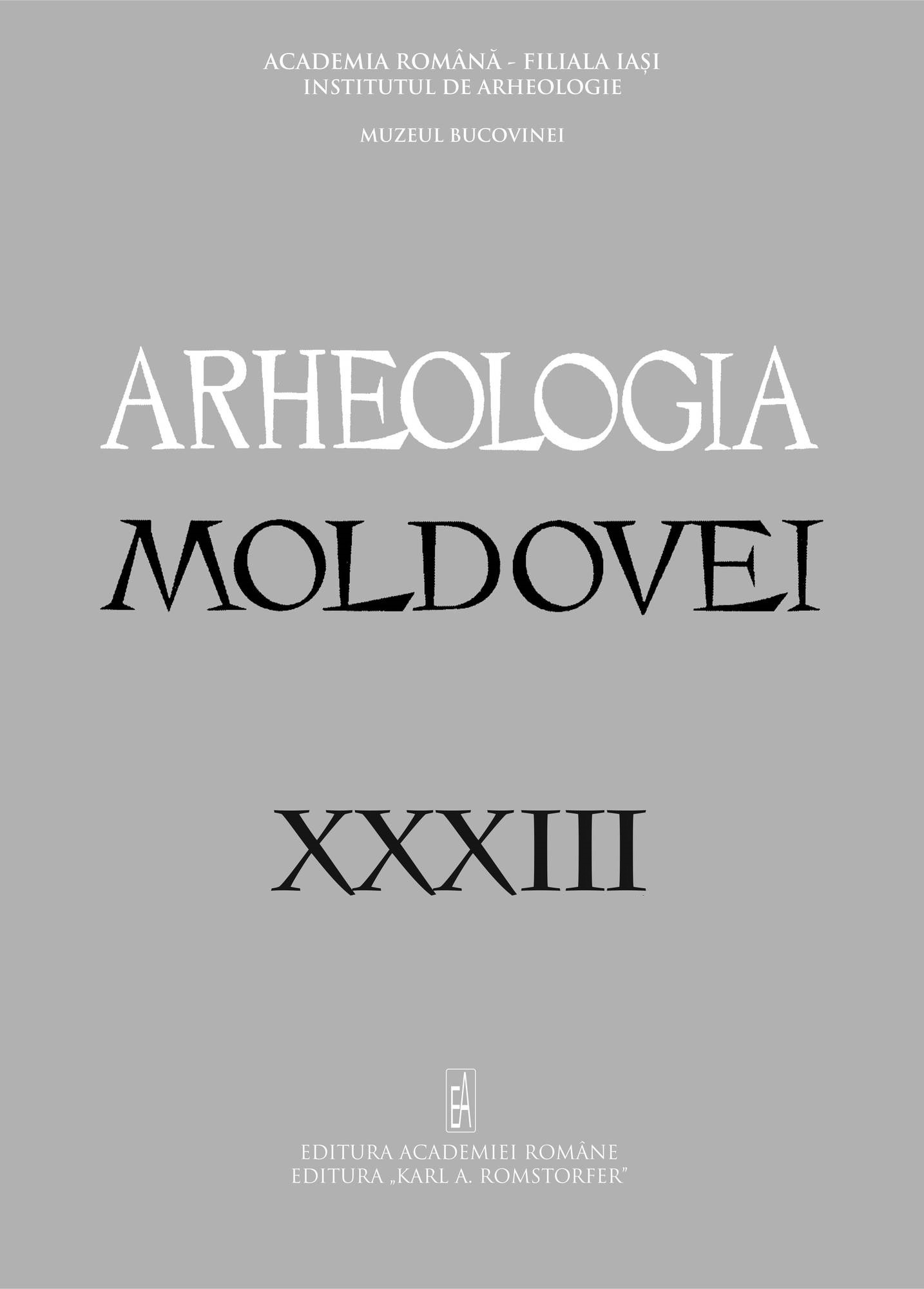
We kindly inform you that, as long as the subject affiliation of our 300.000+ articles is in progress, you might get unsufficient or no results on your third level or second level search. In this case, please broaden your search criteria.

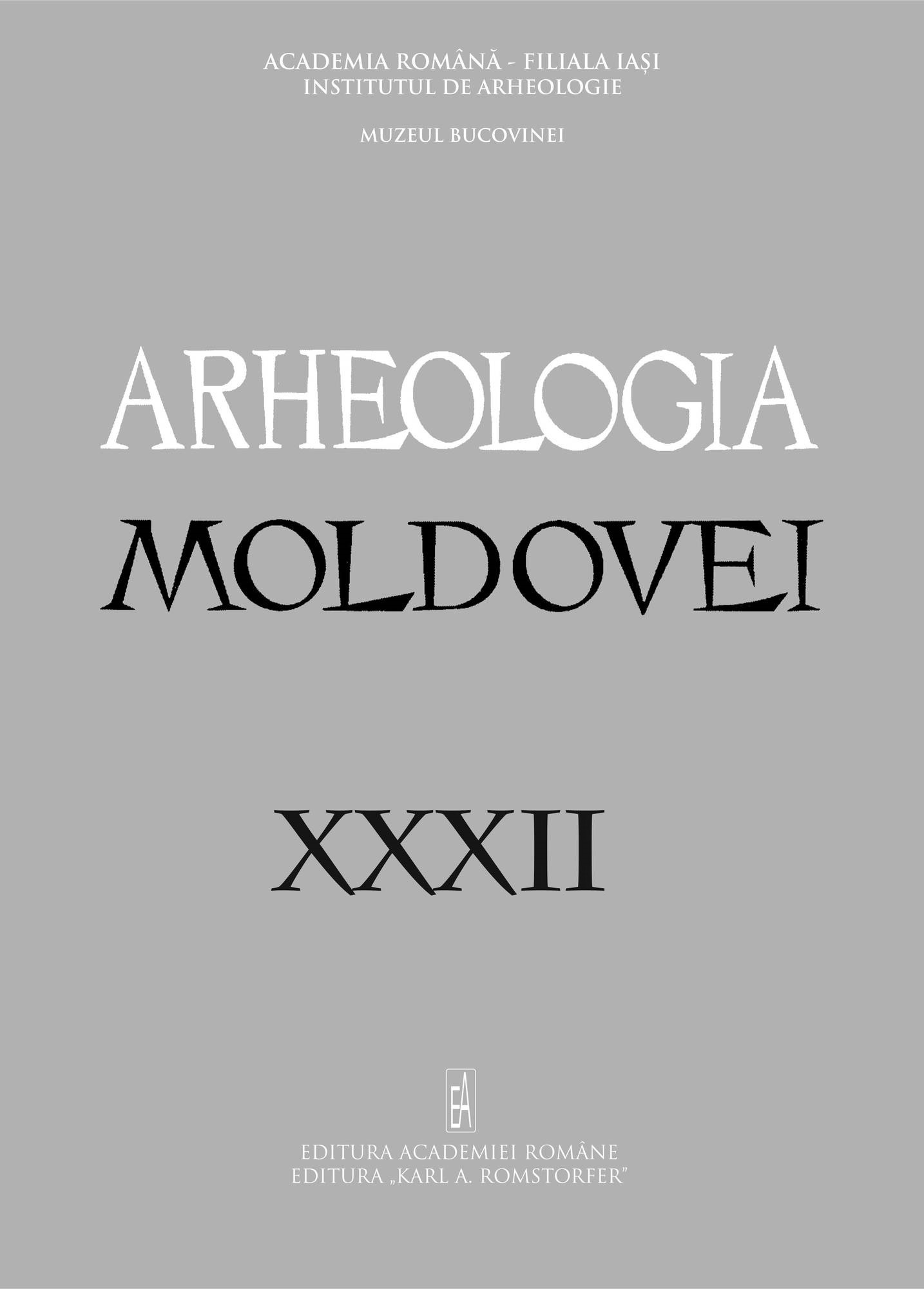
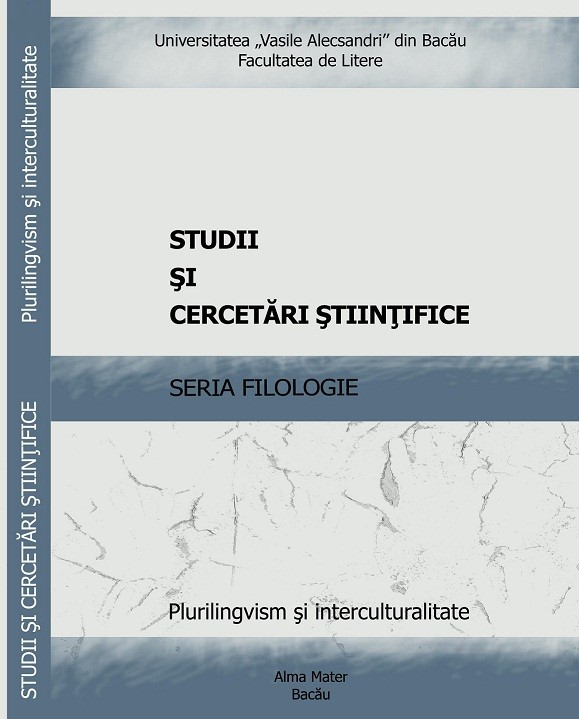
Le poète des Métamorphoses, des Heroïdes et des Fastes, celui qui a fait de la mythologie le thème de son chef-d’œuvre, Ovide inclut le mythe aussi dans les deux recueils d’élégies de l’exile, Tristia et Epistulae ex Ponto, de sorte qu’on peut constater une permanente alternance entre la mythologie et l’histoire concrète, entre le mythe et la réalité humaine.Le recours à la mythologie dans la poésie de l’exile doit être compris comme le résultat de l’aspiration du poète vers une certaine objectivation et vers le symbolisme révélateur. L’auteur utilise le fonds mythologique comme élément de comparaison pour des histoires courantes et, souvent, devient rhétorique, soit pour atténuer ses chagrins, soit pour nous mettre dans la situation de recevoir directement leur message émotif. D’autrefois, Ovide fait usage du mythe pour suggérer des réalités plus profondes qui, à cause des circonstances politiques, ne pouvaient pas être exprimées expressis verbis sans mettre l’auteur en péril.Cette œuvre regroupe une série de personnages mythologiques qui deviennent des emblèmes clef de l’exile ovidien qui servent pour exempla en divers moments de ses élégies, de manière que la réalité historique et la fiction mythique se réunissent dans une symbiose parfaite
More...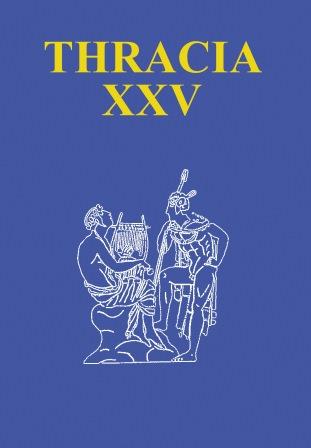
The paper examines a Greek inscription from Philippopolis (IGBulg III, 1, 998) which illustrates the complex dynamic in the local religious and cultural life. The inscription contains a grave imprecation reproducing models from Asia Minor. However, the practice of using supernatural protection against grave violations is quite uncommon for the Thracian context and is clearly related to the fact that the owner of the grave identifies himself as a native from Nicaea. The foreign element of the grave imprecation is mixed in the inscription with a reference to the city’s mail cult of Apollo Kendrisos, itself a result of the religious syncretism between the Greek Apollo and a local Thracian deity. The double protection of the grave entrusted both to the local gods and to the native supernatural forces is enhanced by adding a third protective element – a grave fine. Thus, the use of profane, legal means of protection, typical only for the Roman law, demonstrates the owner’s integration also into the dominant Roman culture.
More...
The Roman castellum Abritus, located during archaeological excavations in the 1950s and 1960s, about 2 km east of the modern town of Razgrad, Bulgaria, is among the military camps of auxiliary troops whose main role is to preserve peace in the area between Danube river and the Balkan Mountains, as well as to counteract the barbaric offensives originating from the northern lands of the Lower Danube limes. Due to the fact that it housed ancillary military units, as well as archaeological evidence of the remains of buildings and the other unclear architectural components in the immediate vicinity, suggest the presence of official and private epigraphic monuments. The inscriptions published so far are not limited to the territory of the Hisarlak area, but also to the villages near Razgrad. Some texts have been discussed many times before, but the revision gives them the opportunity to draw a more complete insight of Roman provincial society. The examples clearly show the Romanization process in the Lower Moesia lands on a smaller scale, which is emerging in and around the territory of Abritus. The Roman army appears to be the primary factor for the penetration of Roman influence in these lands. The erected inscriptions from Abritus, which mention veterans, Roman citizens, and migrants in the canabae of the castellum, testify to the gradual absorption of lands east of the Yantra River by a population that succeeded through its entry into the army. Abritus land is a vast territory that provides sufficient livelihoods through cultivation. This is also one of the factors that contribute to the economic uplift of the population, whether local or veterans. This is confirmed by the epigraphic material in the castellum and the surrounding area, which is characterized by good workmanship and rich decorative elements. It is obviously a population of a high standard and expressing its economic presence through the socalled “epigraphic habit”.
More...
As is well known, postage stamps now have existed in Europe for about 160 years. They are a type of applied graphic (or graphic design) artifacts – small paper elements with visible prints, which are intended for wide, public use. Postage stamps were introduced in Bulgaria in 1879 – immediately after the state Liberation. Until 1980, over 3000 stamps had been issued. Following the laws of the genre, they reflect a rich register of themes, motives and images, and were created by talented Bulgarian artists. Here, we explore the images on stamps, representing the ancient material heritage of Bulgarian lands. A number of them reproduce and promote specimens of Thracian artifacts. The focus of the study is on the systematization of these images, traced in the second half of the 20th century in Bulgaria. We looked for the answers to the following questions: Who are the artists – authors of such stamp images? When (and how) do they depict motives and images from our Thracian heritage? What are the semantic and symbolic messages of these graphic artifacts? The base of our report is traditional: art samples from ancient Thrace. The chosen perspective on them however, is new: their inclusion in contemporary graphic design, and their massive circulation in stamps. Their images have an administrative (documentary, commercial, etc.) application, but also significant social functions: informative, educational, artistic, advertising. Traditionally, postage stamps also make a significant contribution to the global knowledge and culture dissemination network.
More...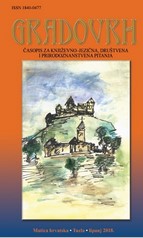
Grčki filozof Aristotel definirajući tragediju u svojoj Poetici naveo je katarzu kao pročišćavanje emocija sažaljenja i straha njihovom eksteriorizacijom kroz recepciju tragedije. S vremenom je pojam katarza prešao iz filozofi je u brojne druge znanosti poput psihologije, sociologije, književne teorije i sl. U općem kontekstu, katarza označava iskustvo pozitivne psihičke preobrazbe koja može nastati iz naših pozitivnih ili negativnih iskustava, pri čemu se pozitivni ili negativni osjećaji dovode u emocionalnu ravnotežu. Aristotelova teorija o katarzi nadahnjuje do danas, iako su se javljala i oprečna mišljenja (od Platona do Brechta) da su emocije opasne te ih treba držati pod nadzorom, a ne izražavati i pročišćavati. Aristotel je o katarzi govorio u sklopu definicije tragedije, ali ju nije definirao, pa su se kroz stoljeća javile brojne interpretacije.
More...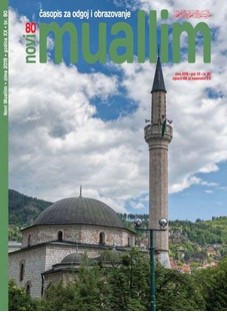
In this article the author asserts upon various forms and manifestations of differentialism and auto centrism that lie upon premises of one’s own superiority over inferiority, and upon the recessiveness and lesser value of ‘the other’. The author notes that auto-centrism of Chinese, Greeks and Muslims had a form of cultural differentialism and particularity, whereas Euro-centrism represents a form of racist ideology based on premises of natural, inborn, essential, God-given superiority derived from ideology of “blood and soil” and belief that they are chosen to cultivate, civilise, enlighten, humanise, democratise, improve in other words subjugate ‘the other’. Unlike Amin, who claims that Eurocentric ideology of differentialism is related to capitalism and economic superiority of the West, the author here finds that the root of this ideology lays in particular interpretations of religion, tribal heritage and specific historical development and social relations in this region.
More...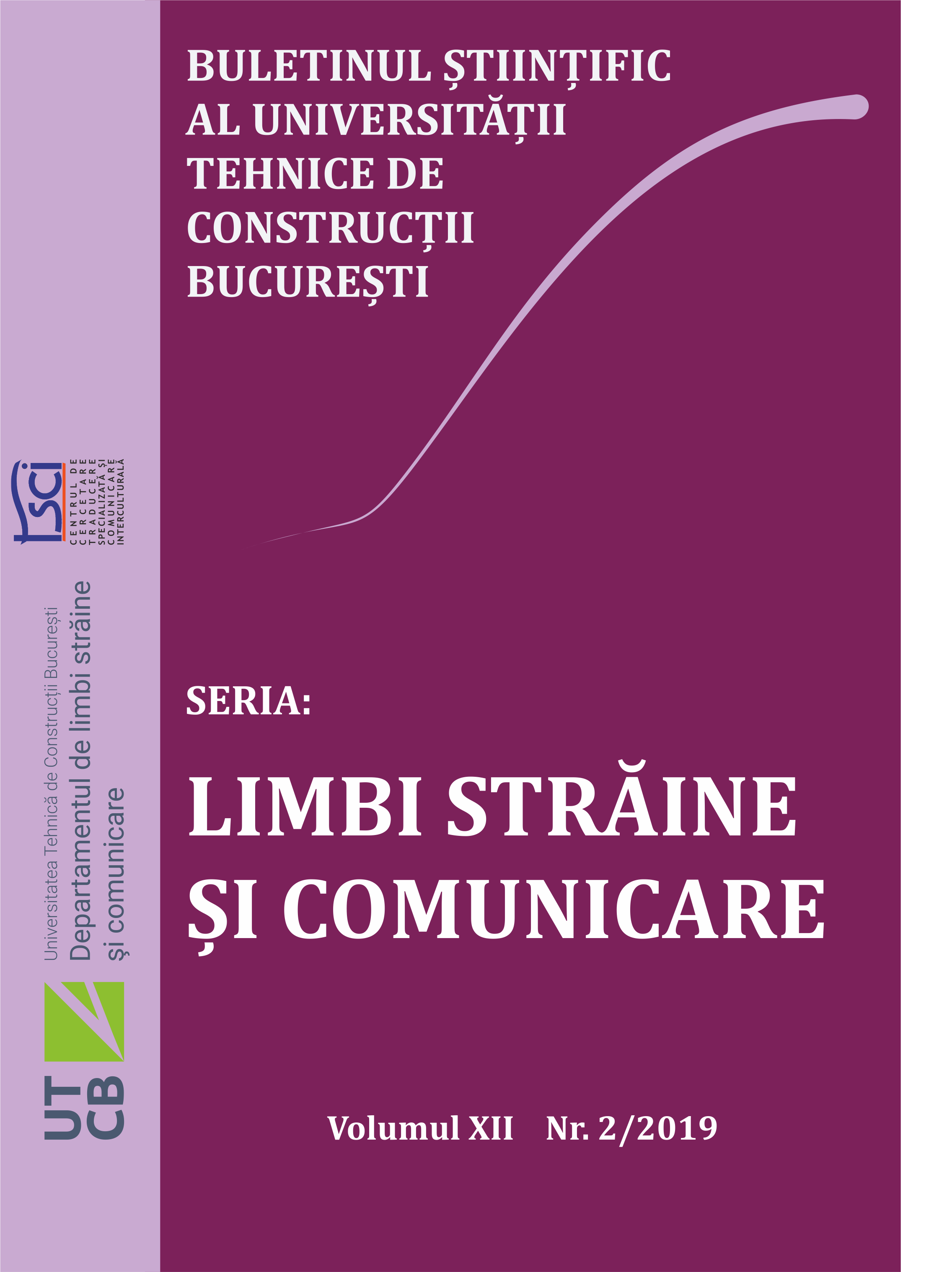
When communicating with people from other cultures, one has to pay attention to their verbal and non-verbal messages. Besides what they actually say, it is equally important to notice what they do not say, what gestures they make – or avoid making – and what other ways of expressing themselves they resort to. Tattoos and taboos are two of the key factors that are worth taking into consideration when dealing with people from other countries, as they may reveal interesting aspects of their personality and culture. Both tattoos and taboos have ancient origins and reach the deepest levels of humanity. They can explain how we have evolved as acultural species endowed with the power of communicating both through language and through images or gestures. This article aims at presenting the importance of tattoos and taboos for understanding the core features of a culture, with a view to improving intercultural communication.
More...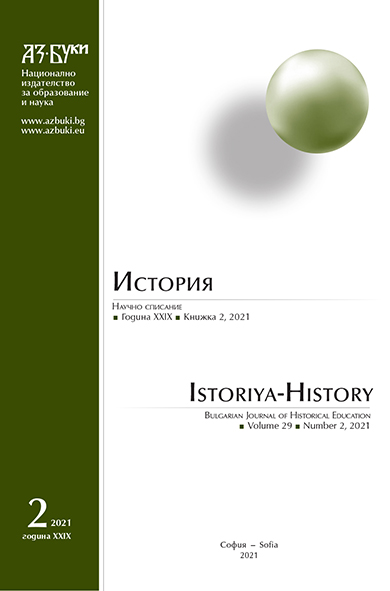
This article aims to explain how the textbooks for the subject History and Civilizations in the 5th grade influence the formation of the initial economic literacy of the school students. By studying prehistory and the ancient world they learn about the economic life in the past and acquire some important economic concepts. This article examines, analyzes and compares the textbooks with regard to the above purpose. Good examples in the relevant textbooks are shown, which to the biggest extent contribute to the formation of the school students' initial economic literacy. It is an important part of the formation of their civic culture. The topic about young people's knowledge of economic development and their economic culture is important for their successful future participation in the economic life of the present-day Bulgarian society.
More...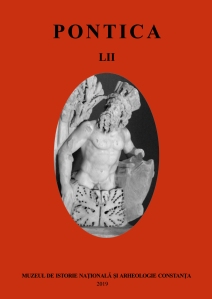
The article aims to continue an old approach by which we aim to identi fyand publish from the collection of the Sibiu museum of isolated discoveries and treasures that come from Dobrudja for sure or with a certain probability. In the collection of the Bruckenthal National Museum in Sibiu there is a batch of 28 siliquas, belonging to the old numismatic collection. This information suggests that the treasure reached the museum's collection through a donation made before 1948. More precisely, even before the First World War. The analysis of this treasure or fragment of treasure starts from the beginning from the lack of certainty of its discovery in the Istro-Pontic province. Just as,perhaps, we could hypothetically speak of a treasure returned to Dobrogea, which could have been discovered somewhere near the limes or in one of its fortifications. The money paid to the army facilitated the trade nearby the frontier. A number of 18 pieces belong to Constantius II, of which 12 are issued in Constantinople, 3 in Nicomedia, 2 in Sirmium and one still unassigned. All these specimens are of the VOTIS/XXX/MVLTIS/XXXXtype and belong to the years 355-361 AD. Three siliquas belong to Iulianus. One(VOT/X/MVLT/XX type) is issued in Constantinople (reduced, dated in the first half of363 AD), another (VICTORIA-DD NN AVG type) in Lugdunum (in 360-361 AD) and the last one (VOTIS/V/MVLTIS/X type) in Arelate (or Constantia) in 360-361 AD. The currency for Valentinian I (4 pieces) are issued in Constantinople (3 of the VOT/V,VOTIS/XXX/MVLTIS/XXXX, VOT/V/MVLT/X type, from 364-367 and 368-373 AD) and Nicomedia (one piece of VOT/V/MVLTIS/X type, from 367-373 AD). The three siliquas issued for Valens in Lugdunum (Restitutor Reipublicae type from 365-367 AD),in Aquileia (VOTIS/X/MVLTIS/XX type from 375-377 AD) and in Antiochia(VOT/XX/MVLT/XXX type from 375-378 AD). In Barbaricum we know that in the4th century AD. such discoveries appear mainly in the cultural space Sântana de Mure ș-Cerneahov, being associated with the Gothic ethnic presence.
More...
The author presents some aspects of the circulation of the Byzantinecurrency in Dobrogea in the 10th-11th centuries and analyzes the impact that the invasionsand raids of migrants had on the state of the provincial economy. The period is subdividedinto two parts: A.896 - 1001; B.1001 - 1092, each with specific features.A. 78 points with isolated monetary discoveries and a number of 13 coin hoards /monetary deposits were reviewed. The epoch is characterized by the resumption of thepenetration of the Byzantine currency on the Lower Danube and the development of an island-type monetary circulation, around important urban centers: Pliska and Preslav -,on the Danube - Silistra and Isaccea, and on the coast - Constanța, Mangalia, Balchik. Armed clashes also bring payments in precious metal either as stipends or as a result ofrobberies.B. At the beginning of the century the monetary circulation is generalized on thewhole territory of the province with some syncopes caused by the Pecheneg invasions from the years 1027, 1034, 1036. For this period of time, a number of 155 points with isolated discoveries and a number of 48 coin hoards / monetary deposits were inventoried. Only after the great Pecheneg invasion in 1046-1048 will the southern part of the province beseverely affected by the settlement of migrants. The raids of the Ouz, "the revolt of the Paristrian cities" or the battles of Alexius I with the Pechenegs, in the area of Silistra,will reduce the monetary circulation in the province, that will acquire an insular character, around the fortified cities - Silistra, Isaccea, Nufăru.
More...
L’objet de ce catalogue est double : en premier lieu, il s’agit de présenter lesgrands étapes de l’exploration archéologique à Sozopol, tout en permettant aupublic de découvrir à travers elles la vie quotidienne de la cité. Pour ce faire, le catalogue, tout comme l’exposition, est divisé en 5 grandes sections qui suiventun cheminement logique depuis le coeur de la ville – le sanctuaire d’Apollon leMédecin sur l’île de St. Cyriaque - jusqu’aux marges de son territoire en explorant l’espace urbain, les nécropoles et les tertres funéraires aristocratiques, offrant ainsi l’occasion de découvrir à travers ces diverses thématiques l’univers fémininet masculin, l’enfance, la religion, la vie culturelle, l’architecture monumentale ou domestique, les activités économiques, les rites funéraires, l’exploitation agricoledu territoire ou celle des mines de cuivre… L’ouvrage commence par une introduction présentant le sujet de l’exposition et s’achève sur une brève présentation de la trajectoire d’Apollonia du Pont entre les guerres de Mithridateet la conquête de Lucullus qui apporte ici un terminus chronologique.
More...
Vi sono alcune fonti tardoantiche esasperanti per gli studiosi in quanto se neconoscono pochissimi elementi sicuri: un esempio famoso ne è L’Historia Augusta.Nella stessa categoria si iscrive anche la raccolta di microbiografie nota con iltitolo Les hommes illustres de la ville de Rome. Paul Marius Martin, il curatore dellarecente edizione pubblicata presso Les Belles Lettres nella Collection desUniversités de France e sulla quale ci soffermeremo in seguito, spiega che „presquetout est obscur dans celui-ci: la date exacte de sa rédaction, son véritable titre, son auteur, sa composition même” (p. IX) (si veda anche p. X: „Le titre De uirisillustribus Vrbis Romae n’est certainement pas le titre original, non plus que lestitres de chapitres qu’on trouve dans certains manuscrits”). Di conseguenza, laprovocazione è stata enorme, ma – dobbiamo dirlo sin dall’inizio – l’editore l’hafronteggiata con successo. Con acribia, con spirito analitico, con ampia visione,con ottima conoscenza delle fonti, Martin ha fatto il meglio per offrire le soluzioni più convincenti alle qustioni sollevate da questa fonte tardo-latina.
More...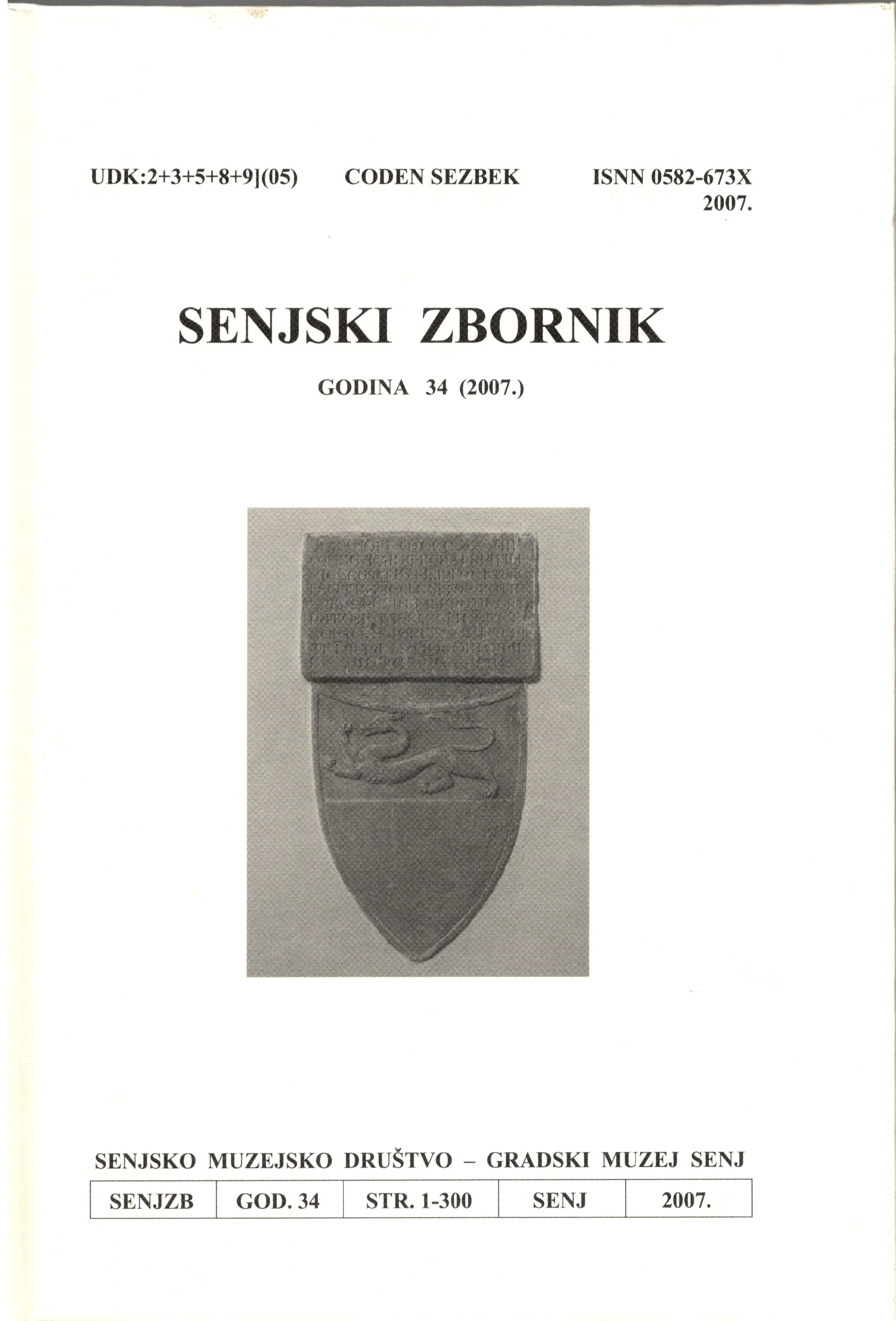
In its introductory part, the author considers the history of the town of Senj in its ancient period with a considerable attention to the inhabitants and position of Senia. The author then goes on to discuss the position of the town in the Middle Ages till the time of the Templars, their time, and especially the Templars' rights over the town, and their dispute with the authorities of the town. In the end he considers the power of the Counts of Krk over Senj by the year 1469, the time of their rule and after.
More...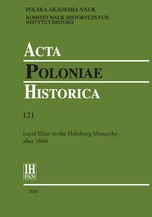
General Conventions of Polish Historians serve as a form of professionalisation of historical science and integration of the scholarly milieu. Since 1925, the event has been held under the auspices of Polish Historical Society [PTH]. But its history is even longer: the first Convention was organised by the Cracow-based Polish Academy of Arts and Sciences [PAU] on the 400th death anniversary of the chronicler Jan Długosz, in the year 1880. There was enough time, then, to determine the canon of objectives and purposes, and the concept(s) of their institutionalisation.
More...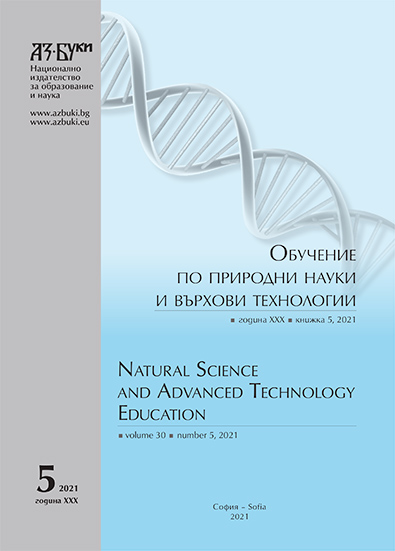
Geber (Latinized name of Jabir ibn Hayyan (c. 721 – c. 815)) is among the most notable representatives of medieval chemistry. The article, dedicated to the 1300th anniversary of his birth, tries to depict his work as the beginning and groundwork for Arabic alchemy, also serving as a push for the formation of chemistry in the future. The article touches upon his life, characteristics, evaluation of his works, doubts about his identity and authorship. His influences are examined and his achievements in the area of metallurgy (sulfur-mercury theory, characterizing all known metals), knowledge of `secret` (stimulating the transmutation of metals) substances, mineral acids, salts, chemical processes and apparatus, his contributions to practical chemistry prove the broadness of his interests. His rational and practical approach is acknowledged and also his “outer” spiritualism present in the terminology inherited by the authors of Alexandria. The legacy he leaves – his authority, influence on the development of chemistry and followers – Arabic medical alchemists. In the conclusion his services to science and civilization are summarized.
More...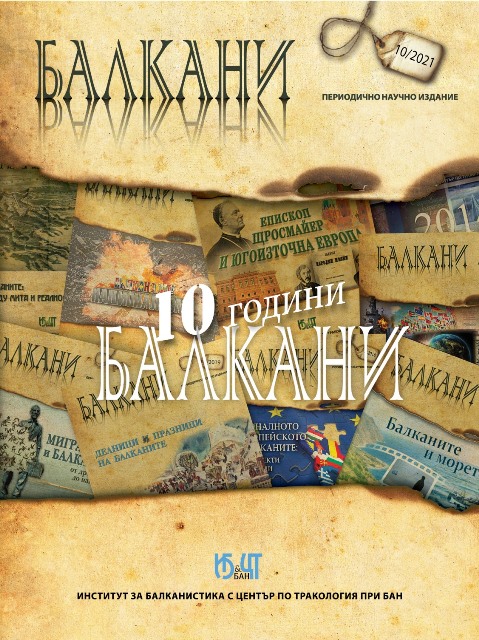
The paper outlines the path of research on the Thracian Antiquity from the first studies in the first half of the 18th century until Thracology became an autonomous academic domain. The most important publications and academic forums illustrating its emergence from the shadow of Ancient Greece and Rome are indicated, as well as the most important achievements in the research on the ancient Thracian lands in the context of Southeastern Europe and the new perspectives that would lead to reinterpretation not only of finds and sites, but also of the overall socio-economic life, foreign policy and economic relations. The political history of the Thracian kingdoms is usually examined from the viewpoint of military and political clashes. The stereotype of opposing Greeks and Thracians was gradually surmounted, which led to the elaboration of the expressed idea on the ancient Thracian lands as contact zone of economic, cultural and trade interactions.
More...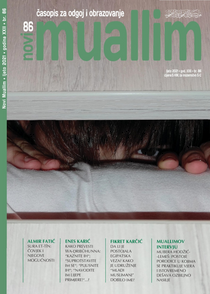
The term genocide is often a subject of disagreements regarding its definition making its usage popular in common language. As such it is being used in a form much stronger than it is actually defined by the international law. Thus it became a subject of moral rather than legal condemnation: to characterise some action as genocidal it means to express one’s particularly strong moral condemnation and abhorrence of that act. In this article the author presents definitions of genocide as well as the Qur’anic view wherein the different levels of accountability for such acts are explicated. The article particularly stresses the topic of planning and executing the genocide committed over Bosniaks in Eastern Bosnia in 1995.
More...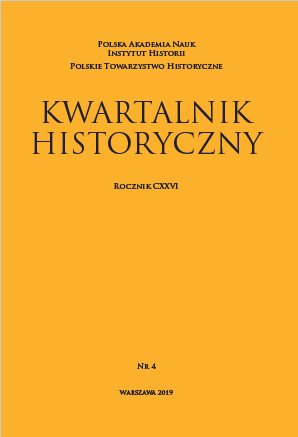
Review of: Robert Kasperski - Ian Wood, The Transformation of the Roman West, Leeds 2018, ARC Humanities Press, ss. 160, Past Imperfect
More...